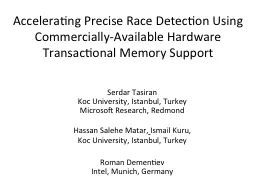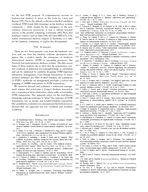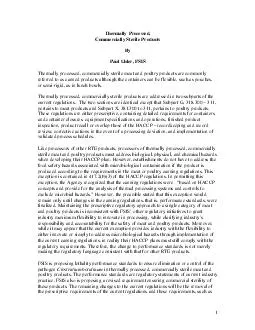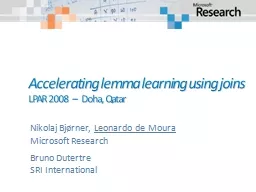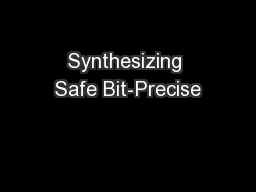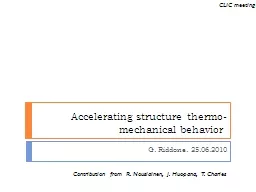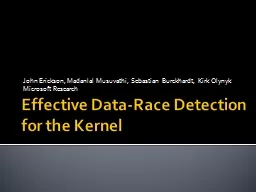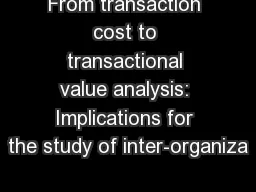PPT-Accelerating Precise Race Detection Using Commercially-Available Hardware Transactional
Author : coveurit | Published Date : 2020-08-06
Serdar Tasiran Koc University Istanbul Turkey Microsoft Research Redmond Hassan Salehe Matar Ismail Kuru Koc University Istanbul Turkey Roman Dementiev
Presentation Embed Code
Download Presentation
Download Presentation The PPT/PDF document "Accelerating Precise Race Detection Usin..." is the property of its rightful owner. Permission is granted to download and print the materials on this website for personal, non-commercial use only, and to display it on your personal computer provided you do not modify the materials and that you retain all copyright notices contained in the materials. By downloading content from our website, you accept the terms of this agreement.
Accelerating Precise Race Detection Using Commercially-Available Hardware Transactional: Transcript
Download Rules Of Document
"Accelerating Precise Race Detection Using Commercially-Available Hardware Transactional"The content belongs to its owner. You may download and print it for personal use, without modification, and keep all copyright notices. By downloading, you agree to these terms.
Related Documents

